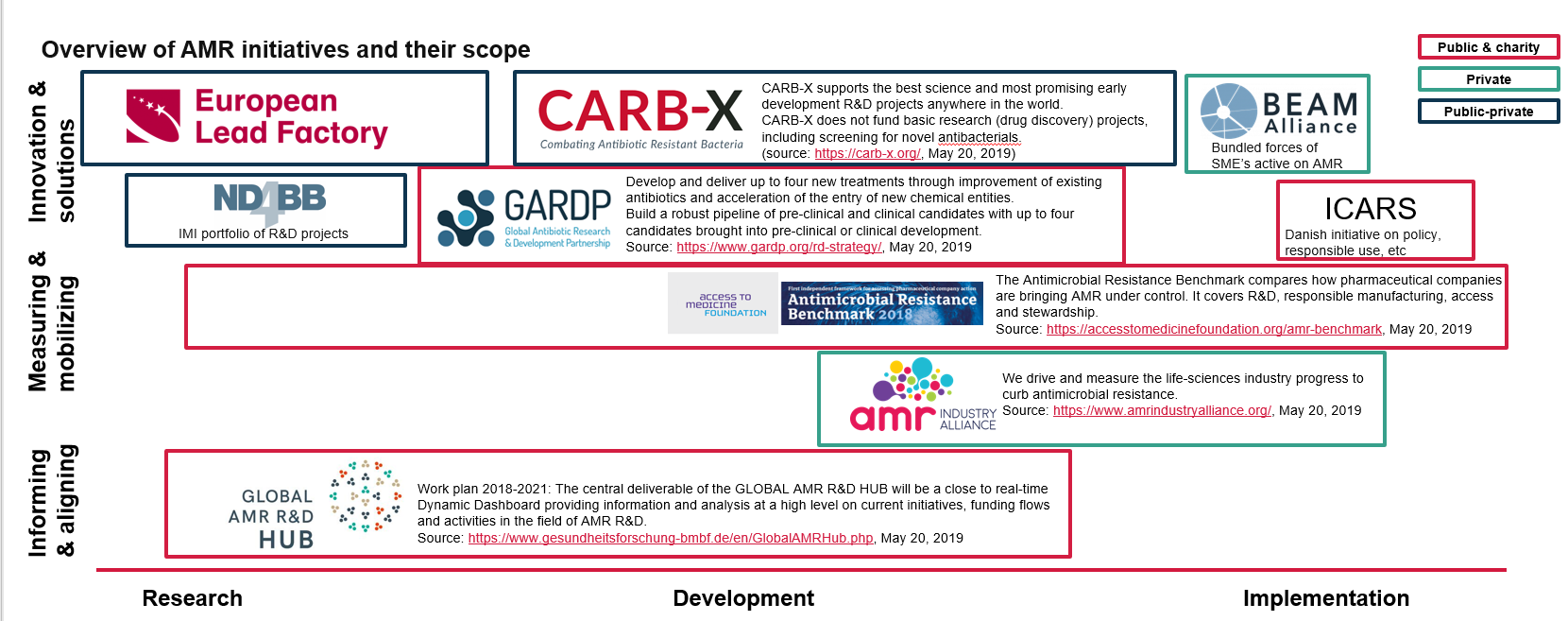 Could taxes on antibiotic use in human and animal health be a solution?
Could taxes on antibiotic use in human and animal health be a solution?
Taxing has been used previously to raise revenues or alter the behaviour of the public (e.g. tobacco) and it could be a solution to reducing the overall use of antibiotics. Taxes may also have the added benefit of providing a revenue stream to fund future research in antimicrobial development. However, O’Neill, in his extensive AMR Review for the UK government, warns that the impact of an antibiotic tax will greatly vary depending on its context. It is therefore wiser to implement it at the national level rather than globally (AMR Review 2016).
In the case of antibiotics, it might be more interesting to impose a tax on antibiotics only for animal-use. This would discourage their use in husbandry but would not directly increase the healthcare costs of citizens. Furthermore, it is unlikely that raising the costs of antibiotics for medicine would lead to behaviour changes from patients (AMR Review 2016).
Two examples of countries that have successfully applied such a tax are Belgium and Denmark.
Belgium introduced the tax in 2014 and it was increased by 75% in 2018: this tax only targets veterinary antibiotics and is based on the quantity of active substance used. The price is multiplied by 1.5 in the case of critical antibiotics (e.g. quinolones, cephalosporines and macrolides) (AFMPS, 2018).
Denmark is one of the earliest countries to establish a plan to deal with AMR. After establishing the Danish Veterinary Medicines Statistic Program, VetStat, they observed that antimicrobial usage increased from 2003 to 2009 in pigs in particular. In response, the Danish Veterinary and Food Administration (DVFA) developed the “Yellow Card” initiative, where a pig farmer that exceeded the national threshold limits for use of antimicrobials in weaners, grower pigs and mature pigs would receive an injunction to lower their use. A decline in antimicrobial use was observed after 2010 and can be attributed to this initiative (DANMAP, 2017). To further tackle AMR, two new interventions were used: a “differentiated tax on the active antimicrobial compound, thus favouring narrow-spectrum antimicrobials and vaccines compared with broad-spectrum compounds” and “a requirement of laboratory verification of the diagnosis on an annual basis for issuing prescriptions for group treatments of intestinal and respiratory infections” (NAM, 1, 2, 3) As a result of these various strategies, Denmark is currently showing lower levels of AMR than most EU countries (EFSA, 2017).


 Report
Report

